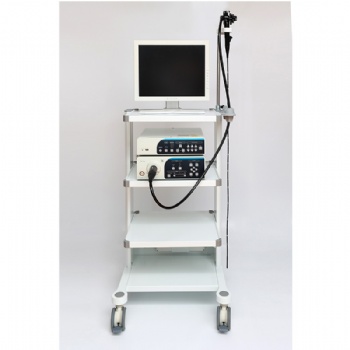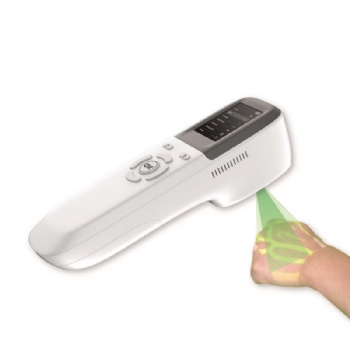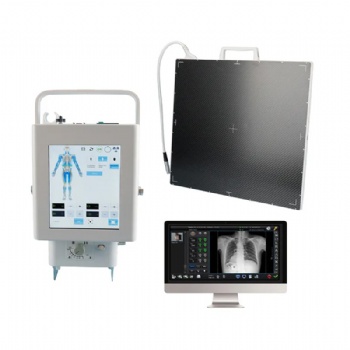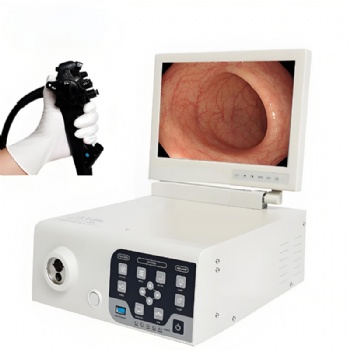News
Depth of field of an endoscopic camera system
Introduction to the optical system of medical endoscopes
At present, there are three main types of medical endoscopes: optical fiber electronic endoscopes, rigid endoscopes and capsule endoscopes. Rigid endoscopes play an important role in many medical examinations, diagnoses, and treatments due to their advantages of clear imaging, low price, and high imaging resolution.
Rigid endoscopy Minimally invasive surgery is to insert a rigid endoscope into the human body (such as the abdominal cavity), use a cold light source to irradiate through optical fibers, and transmit the image through an optical system to a digital camera, which is displayed on a high-definition display in real time. The doctor then analyzes, judges, and operates on the patient's condition based on the images of tissues and organs on the monitor.
The optical system of medical rigid endoscope mainly includes four parts: rigid endoscope, coupling lens, splitting prism and CMOS image sensor. Rigid endoscope (or known as telescope)can be divided into objective lens, relay system and eyepiece.
Medical rigid endoscope objective lenses have the characteristics of short focal length, large field of view, and long optical length. As a result, optical systems are often designed to have an inverted telephoto objective structure. The negative power lens group is used as the front group, and the positive focus lens group is used as the back group. When a collimated beam is incidence, it is scattered by the front group and then forms an image in the focal plane. The main surface of this optical system is removed backward from the objective, resulting in a longer working distance than the focal length. In addition, when an off-axis beam with a large field of view diverges through the negative focal length lens group, the divergence angle into the positive focal length lens group becomes smaller, thus achieving the purpose of wide angle.
Categories
Contact Us
- +86-18018467613
- +86-13357930108
- info@82tech.com




